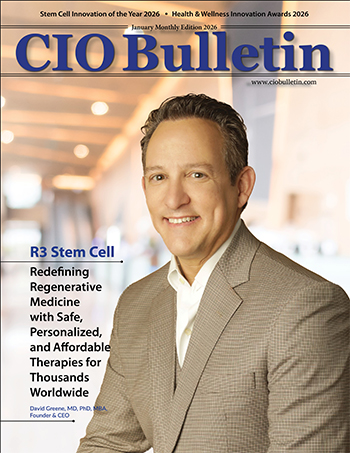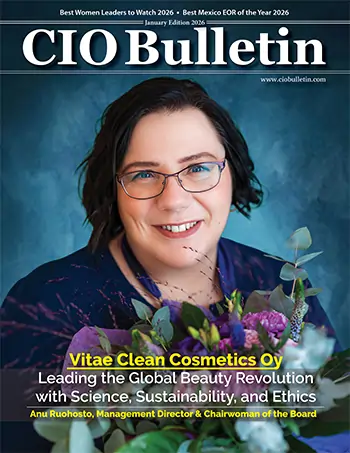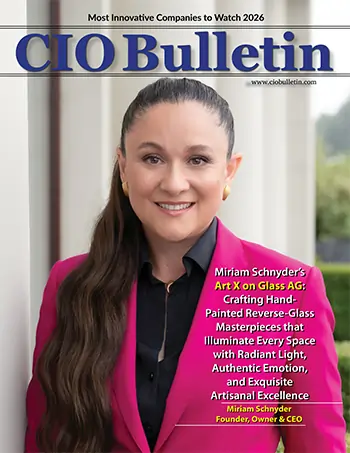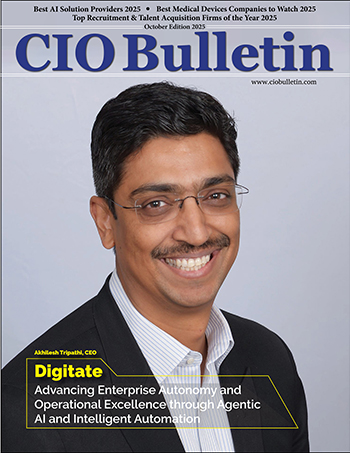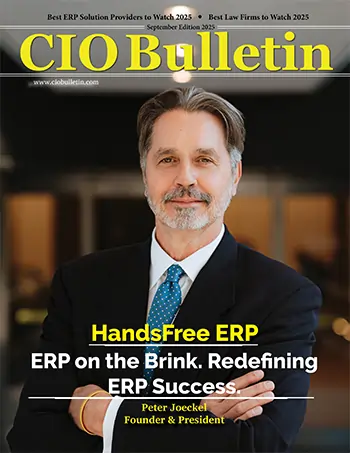50 Best Companies to Watch 2021
CIO Bulletin

An Enterprise Application Integration is a mechanism which helps in an efficient data flow from one program to another. With this, it also enables the existing data to flow between different software by supplying different interfaces for managing different data flow. OpenLegacy pioneered Digital-Driven Integration as a way to handle the most complex part of application integrations—the connections with legacy systems, mainframes, applications and databases. Based on dozens of years in the legacy space, the company realized this need was not adequately met by current vendors. Most often, vendors can handle integrations well except for this critical, complex part of the process. Yet most established organizations rely on legacy technology to run their business. OpenLegacy found a way to do these integrations far faster than any other current method so companies can be agile and innovative today and more easily migrate off the legacy system in the future. It’s a solution for today—and tomorrow. Over the last few years, new digital-only banks have taken trillions of dollars in checking accounts, mortgages, and wealth management assets from traditional banks. How can banks tied to mainframe systems keep up with their digitally-native competitors? Composable banking is the answer. Composable banking is the ability to rapidly assemble new banking products and customer experiences from cloud-native building blocks. OpenLegacy transforms the way banks innovate by finally making composable banking a reality. OpenLegacy connects directly to core systems, automatically generates digital-ready code, and deploys as standard microservices or serverless functions. With OpenLegacy, banks can finally achieve the speed and resilience of the composable enterprise — harnessing legacy assets for continuous innovation. Rapidly launch new digital innovations by harnessing the power of your legacy systems, mainframes, databases, or applications. No special skills needed. No changes to core systems required - dramatically cutting down dev & deployment effort. Deploy legacy assets as microservice-based APIs or serverless functions for on-premises, on the cloud or both.
Achieve digital transformation– at a fraction of the cost
Insurance customers are demanding user-friendly products and easy online access to all insurance products. Meanwhile, the trillion-dollar insurance industry faces disruption from an onslaught of digitally-native brands offering innovative products and a streamlined customer experience. How can insurance companies that rely on data in mainframes and midrange systems transform their businesses fast enough to compete with these FinTech disruptors? Composable insurance is the answer. Composable insurance is the ability to rapidly assemble new insurance products and customer experiences from cloud-native building blocks. OpenLegacy transforms the way insurance companies innovate by finally making composable insurance a reality. OpenLegacy connects directly to core systems, automatically generates digital-ready code, and deploys as standard microservices or serverless functions. With OpenLegacy, insurance companies can finally achieve the speed and resilience of the composable enterprise — harnessing legacy assets for continuous innovation. Most manufacturing companies are well-established with a strong reliance on legacy technology of all types: mainframes, applications, databases, ERP and more. If you're struggling to get these technologies to talk to each other and to be part of a digital world, start by talking to OpenLegacy.
Get speed for today-and flexibility for tomorrow.
Aging legacy technology in many government agencies is not only mission-critical but also urgently need to become more digital-friendly. Yet, most approaches to solving this problem are complex with their own set of issues. At OpenLegacy, they have a different perspective and approach so you can achieve immediate results today with a phased approach toward larger long-term transformation. Create APIs/microservices in minutes and complete projects in days versus months. All without special staff or invasive changes to legacy systems. Accelerate the modernization of critical systems, such as personnel, hiring & accounting, benefits delivery, tax management and more. Offer digital services to citizens despite tight budgets, e.g. quickly deploy self-service applications delivered via mobile or Web and reduce manual effort. Decouple independent business processes from legacy systems as microservices, then easily and quickly re-use in multiple projects. Plan savvy phased migrations where APIs and microservices can co-exist with current legacy systems and facilitate longer-term migration plans. Meet requirements for improved employee productivity, open government, scalability, cybersecurity, reduced IT maintenance costs and more.
Meet the leader behind the success of OpenLegacy
As the Co-Founder and Chief Executive Officer of OpenLegacy, Romi Stein provides strategic direction and oversees OpenLegacy’s day-to-day execution. Romi has proven experience in all aspects of information-technology business leadership. He has a uniquely deep understanding of how to lead in this market, gleaned from fifteen years at IBM’s global headquarters where he became intimately familiar with how one of the top corporations behind legacy systems operates. At IBM, Romi played a wide range of leadership roles in his 11 years at IBM headquarters, including managing a Country Pricing Group and being a Principal Market Development Consultant, where he contributed to the development and growth of new markets in North America and Europe and launched the first industry storage software virtualization family. Romi holds a Bachelor of Arts in Accounting and Economics and a Master of Business Administration degree, both from Tel Aviv University.

Insurance and capital markets
